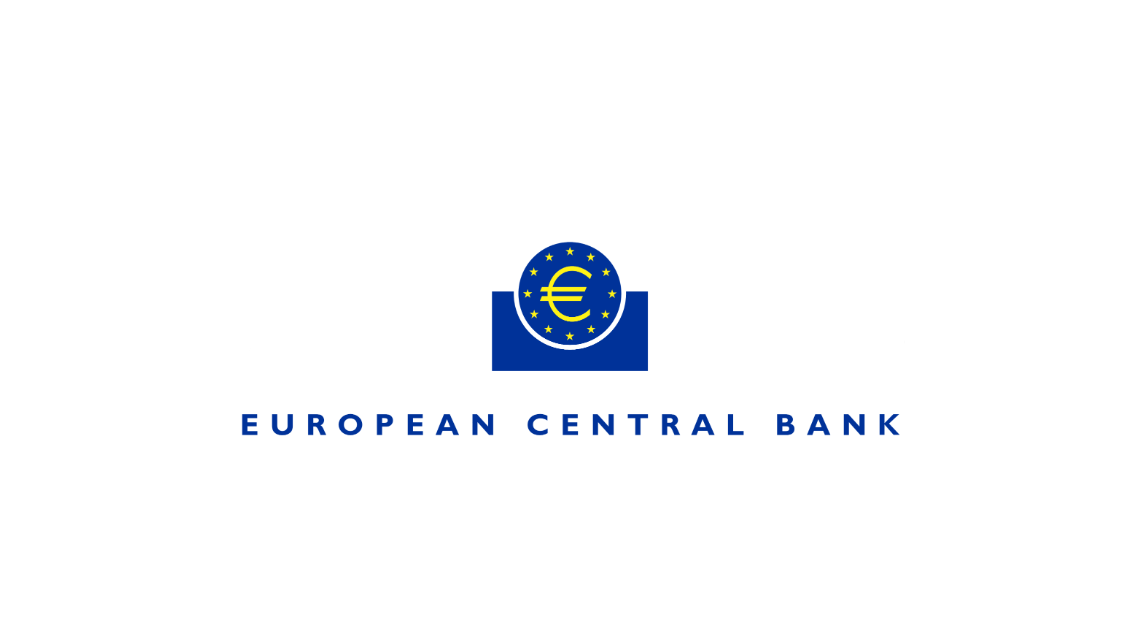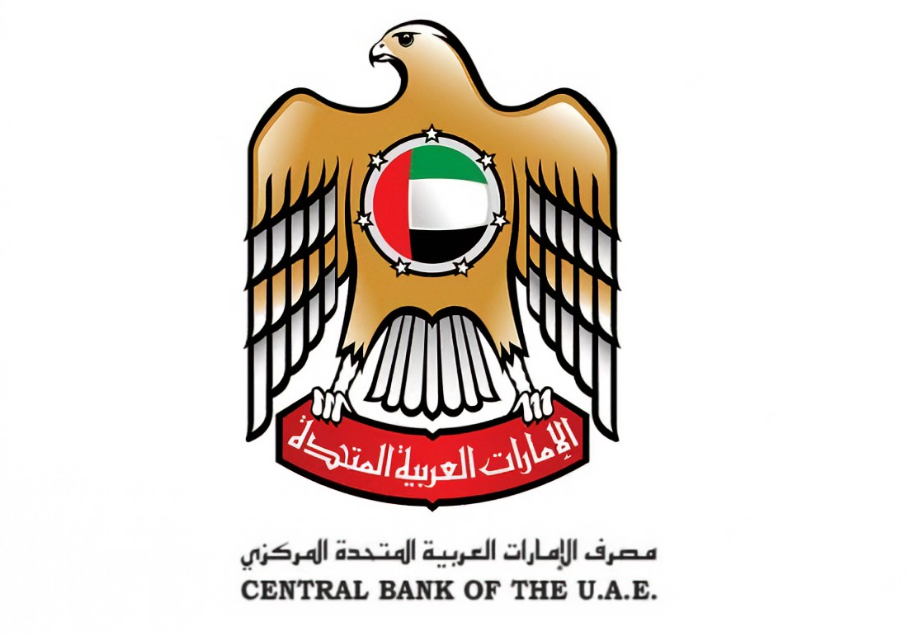China's Financial Institutions Reach New Heights: Total Assets Surpass RMB495 Trillion
In a landmark development for China's financial sector, preliminary statistics reveal that the total assets of financial institutions reached RMB495.59 trillion at the end of 2024, marking a 7.5% year-on-year increase. This remarkable growth reflects the continued expansion and maturation of China's financial landscape, with significant implications for international investors and business professionals.

Breaking Down the Numbers
The asset growth was not uniform across sectors, presenting a nuanced picture of China's financial ecosystem:
Banking Institutions: Accounting for the lion's share of total assets, banking institutions saw their assets reach RMB444.57 trillion, representing a 6.5% year-on-year increase. This steady growth underscores the banking sector's continued dominance and stability within China's financial framework.
Securities Institutions: Assets in this sector grew by 9.1% to RMB15.11 trillion. This growth rate, outpacing the banking sector, may indicate increasing investor activity and market confidence in securities products.
Insurance Institutions: Experiencing the most dramatic growth, insurance institutions' assets surged by 19.9% to RMB35.91 trillion. This substantial increase suggests a rapidly evolving insurance market, potentially driven by changing consumer preferences and increasing awareness of risk management.
On the liabilities side, financial institutions collectively reported RMB452.17 trillion, also growing at 7.5% year-on-year. The owners' equity reached RMB43.42 trillion, increasing by 7.7%, indicating a healthy balance sheet expansion relative to asset growth.
Implications for International Business
For non-Chinese business professionals and investors, these figures reveal several important trends:
Market Size and Opportunity: The sheer scale of China's financial sector cannot be underestimated. With total assets approaching RMB500 trillion, the market presents enormous opportunities for foreign institutions seeking partnerships, joint ventures, or market entry.
Sector-Specific Growth: The varying growth rates across sectors highlight potential areas of opportunity. The insurance sector's nearly 20% growth, for instance, suggests a market in flux where international expertise in product development, risk assessment, and actuarial science could be particularly valuable.
Financial Stability: The consistent growth rates across institutions suggest a degree of stability despite global economic uncertainties. This resilience may be appealing to international investors seeking relatively stable returns in emerging markets.
Regulatory Environment: The balanced growth in assets, liabilities, and owners' equity indicates a regulatory framework that supports prudent expansion. For foreign firms navigating China's financial regulations, this balance suggests a environment that encourages growth while maintaining systemic stability.
Contextualizing the Growth
Several factors contribute to this impressive expansion:
Domestic Economic Policies: China's sustained economic stimulus measures and monetary policies have created a conducive environment for financial asset growth.
Digital Transformation: The accelerated adoption of fintech solutions has enhanced operational efficiency and expanded service offerings across financial institutions.
Demographic Changes: An aging population and increasing middle-class wealth have driven demand for sophisticated financial products, particularly in insurance and wealth management.
Global Integration: China's continued efforts to internationalize its financial markets have attracted foreign capital and expertise, further stimulating sector growth.



















































First, please LoginComment After ~